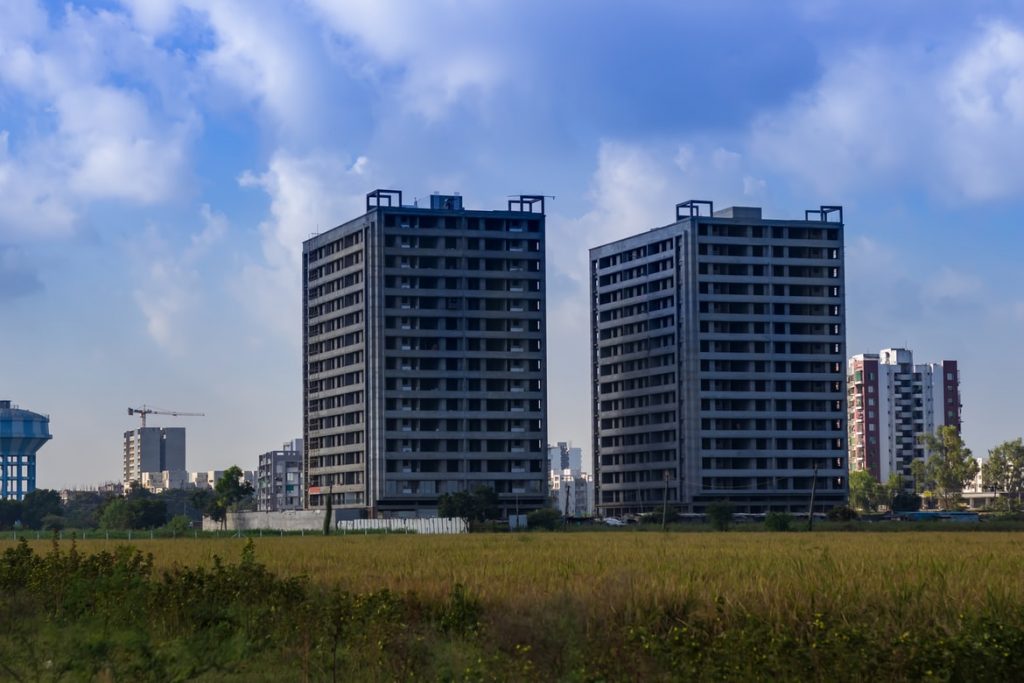When drafting a leasing contract, both tenants and landlords need to be mindful of all the clauses that are present in a commercial lease agreement. There are numerous general clauses in a rental agreement form.
However, specific clauses are significant in their effect on the lease relationship and need to be given extra attention while preparing agreements. A couple of these clauses comprise of the security deposit, rent-free period, force majeure, indemnity provisions, and the right to renew or prolong the lease.

Let’s look at rent-free period in detail:
What is a Rent-Free Period?
The rent-free period is approved by both the tenant and the landlord. Therefore, the renter is not obligated to pay the rent during this time. This duration is used to facilitate the tenant to set up and establish all the needed equipment for them to utilize the commercial property for the proposed reason.
This duration can increase from three months to eleven months, contingent on the scale and extent of installation needed in the property. This period can also be stretched if the requirement arises. Nevertheless, it would be good to cite the maximum length of the rent-free period after joint agreement between the two parties. A clause declaring that the fit-outs may be eliminated and taken back by the renter can also be integrated in a commercial lease agreement.
Benefits of a Rent-free Period
- If the landlord is promoting a new lease of commercial property and wishes to provide a rent-free period as an incentive to prospective occupiers, particularly if renters are apprehensive about startup expenses or footfalls in the present economic climate.
- If a significant ‘fit-out’ work is required to place the commercial property into an appropriate condition to permit the tenant to trade. In such a scenario, a rent-free period will facilitate the renter to make use of the cash which might otherwise be utilized on rent to execute the works and enhance the condition of the premises. For instance, if work is essential to fulfill the health and safety protocols for a restaurant, or if the occupier is altering the use of the property and needs to basically modify the layout.
- It can assist the renters’ cash flow during an existing lease, with a view to enable the future landlords’ rental yields. In this case, negotiation could have a landlord consenting to a lower rent with their occupier during an existing term in return for other revisions to the lease. For instance, if there is a break clause, the tenant assents to push back their ‘break date’ or relinquish their right to break and thus essentially extends the overall length of the term (by a tenant waiving their capability to end a lease early).
- If the lease is about to expire soon and the landlord wants the existing tenant to continue with their arrangement, then a rent-free period clause could be offered to the tenant. It can be a way to mitigate the renters’ temporarily delayed cash flow, instead of forfeiting their lease or having to take other enforcement action.
In a nutshell, rent-free periods are especially common when times are tough economically. This specific incentive is offered to motivate tenants to sign leases. It is interesting to reflect as to why a landlord does not lower the level of rent and instead opts for rent-free period as this allows him to charge the same rent from other prospective tenants, who may not fully know about the rent-free discounts.
At CRE Matrix, we dissect every lease and figure out the effect of rent-free period on the overall lease economics.
For more CRE industry insights and data research do Contact us.

